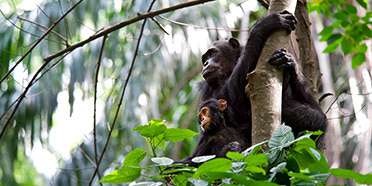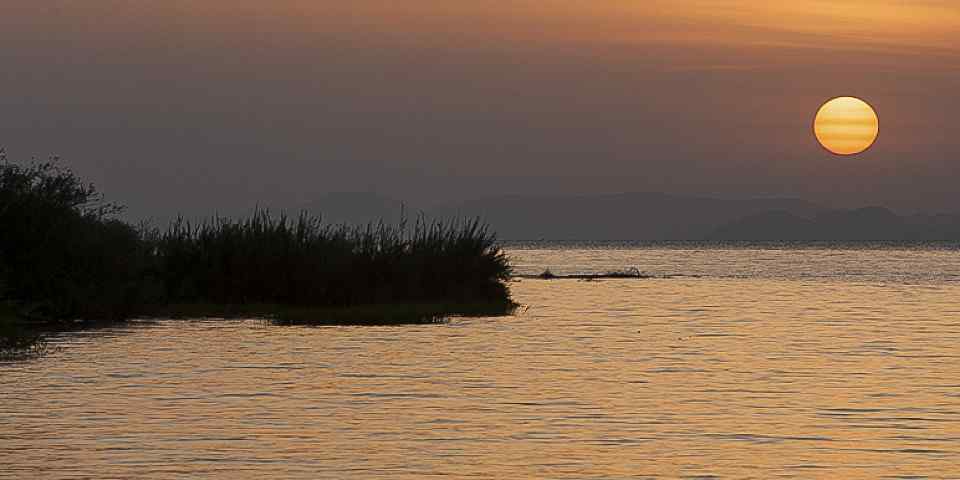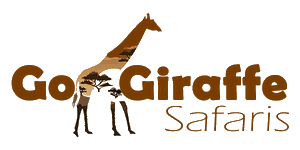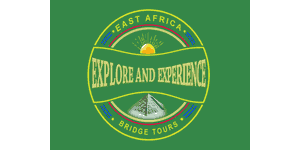
Safari Tours to Gombe NP
-
![4-Day Trekking Home of Chimpanzee]()
4-Day Trekking Home of Chimpanzee
$1,649 pp (USD)
Tanzania: Private tour
Mid-range Tented Camp & HotelYou Visit: Arusha (Start), Gombe NP, Kigoma (Town), Arusha (End)

See Endless Adventures Tanzania
5.0/5 – 55 Reviews
-
![10-Day Chimpanzees at Gombe- Mahale Mountain Katavi Park]()
10-Day Chimpanzees at Gombe- Mahale Mountain Katavi Park
$4,395 pp (USD)
Tanzania: Private tourBudgetGuest House & Hotel
You Visit: Dar es Salaam (Start), Gombe NP, Mahale Mountains NP, Katavi NP, Mbeya (City), Dar es Salaam Airport (End)

Go Giraffe Safaris
5.0/5 – 24 Reviews
-
![6-Day Discover Burundi and Tanzania]()
6-Day Discover Burundi and Tanzania
$2,145 to $2,255 pp (USD)
Tanzania & Burundi: Private tour
Mid-range Resort & HotelYou Visit: Bujumbura (Start), Kigoma (Town), Gombe NP, Bururi (City), Bujumbura Airport (End)

East Africa Bridge Tours
5.0/5 – 1 Reviews

 Tanzania Parks
Tanzania Parks










